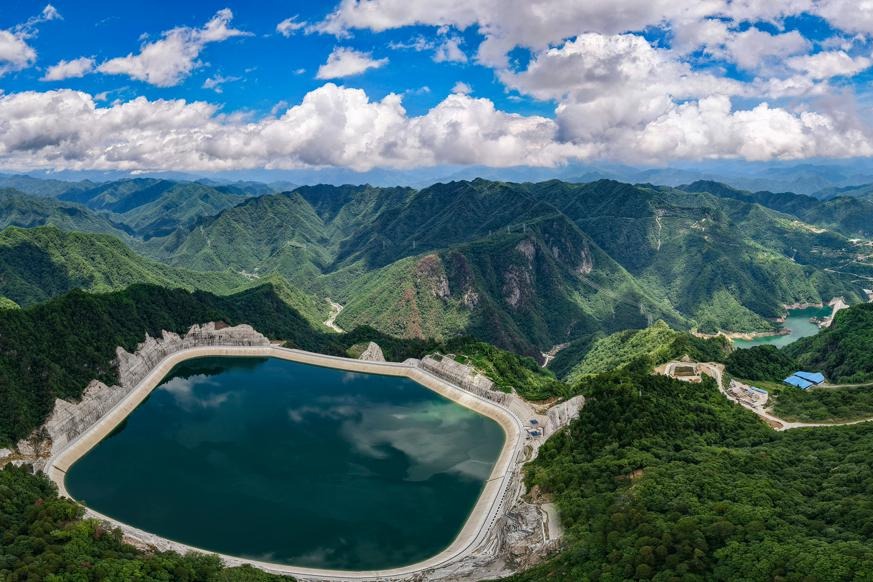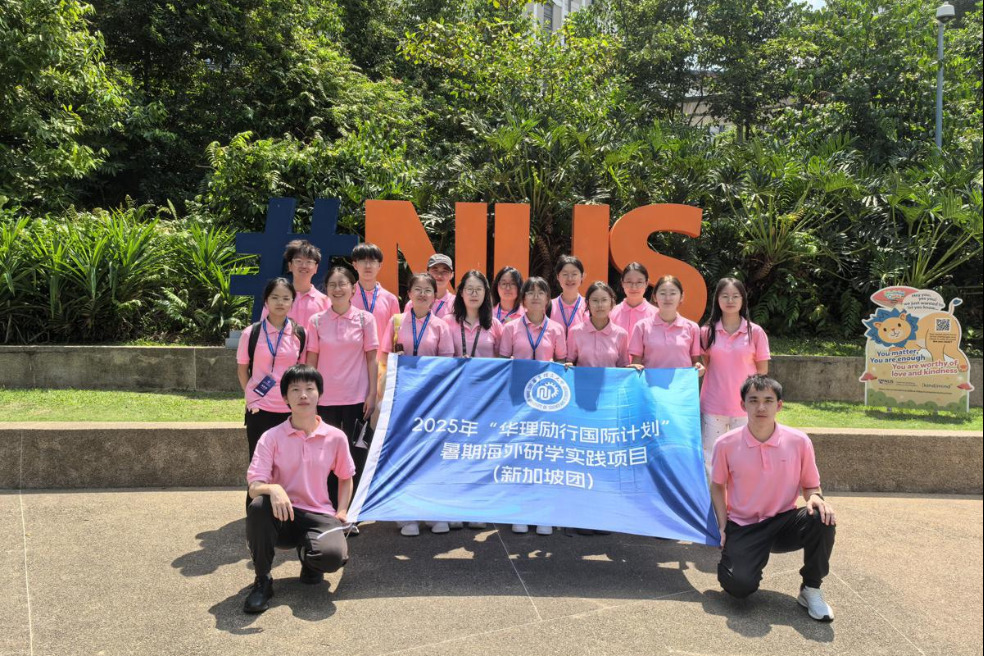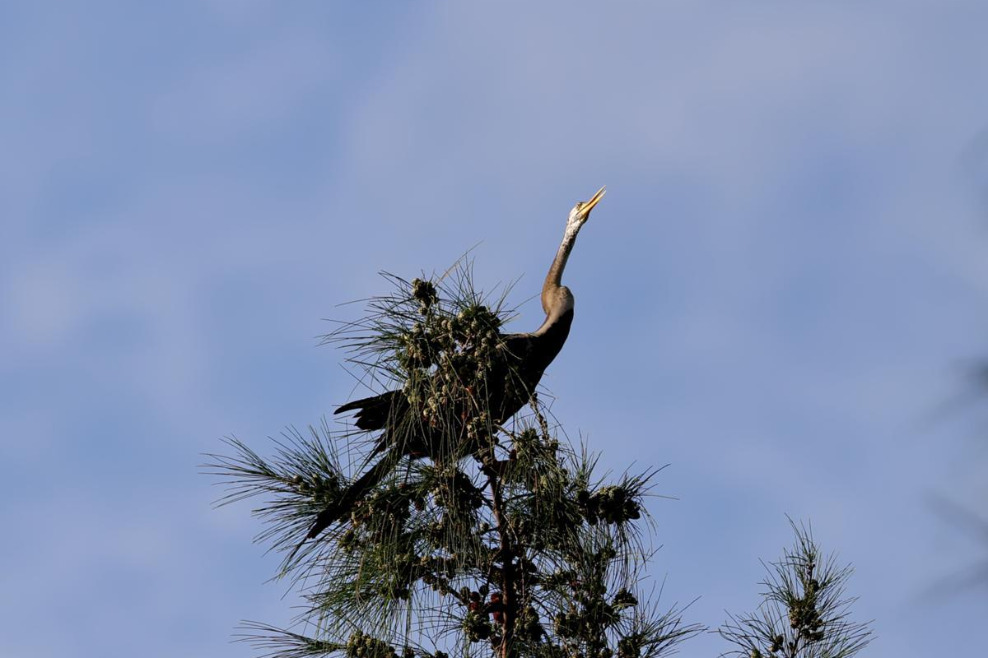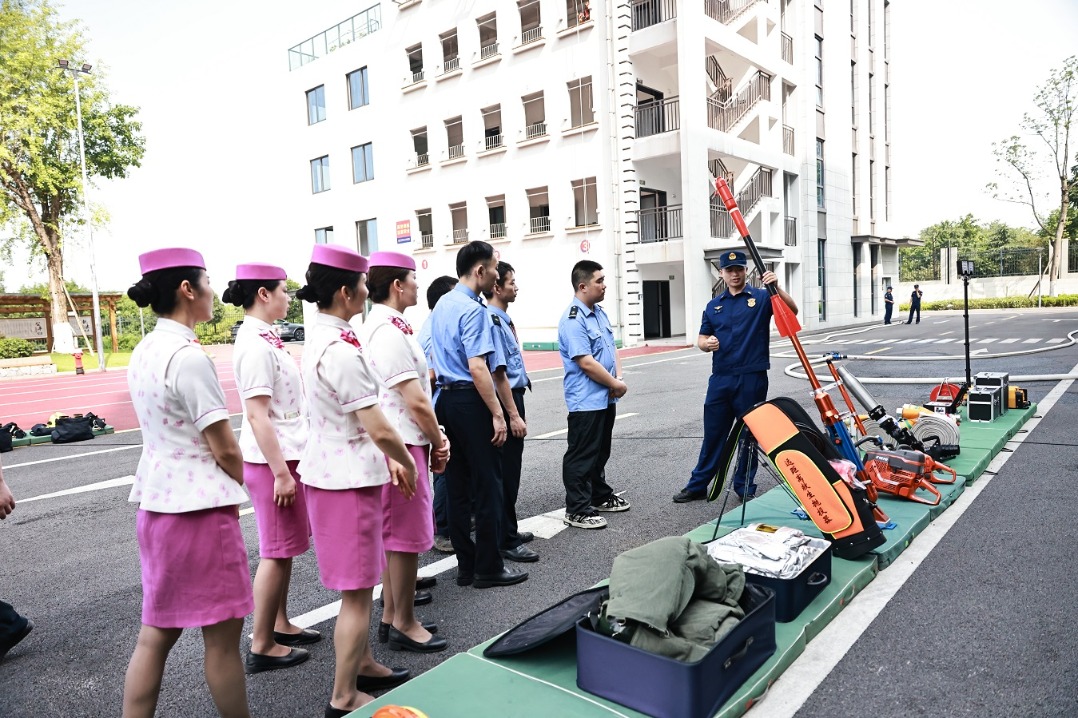Chief designer details how future lunar landing works

BEIJING -- China is working on a rocket for its moon landing mission, which will send a manned spaceship and a lander to lunar orbit in two separate flights, chief designer of the country's manned space program Zhou Jianping revealed.
The spaceship will send the taikonauts to lunar orbit and dock with the lunar lander. The lander will subsequently carry the taikonauts to the moon's surface. After they complete tasks there, the lander's ascender will lift the taikonauts back into lunar orbit to rejoin the spaceship and then return to Earth, Zhou said in a media interview.
When asked to compare with the crewed space station flights, Zhou said the moon landing mission would be more difficult, as the latter demands a larger carrying capacity of the launch vehicle.
To achieve a moon landing, the required carrying capacity, equivalent delivery capacity to low-Earth orbit, will be around 130 to 140 tonnes, 30 to 40 percent larger than needed to launch the whole Chinese space station combination (with six components).
Even so, the chief designer is sure about the task ahead.
"I am very confident that China will accomplish the goal of landing people on the moon by 2030 and sending them back safely to Earth," Zhou added.
- Young filmmakers' project paints multidimensional portrait of China
- Rare 1938 Guangzhou bombing photos to debut in August
- Power station solves renewable energy intermittency
- China appoints senior official for Hong Kong, Macao affairs
- World-first study analyzes minerals on far side of moon
- China firmly supports establishing Southeast Asia nuclear weapon-free zone: defense ministry





































